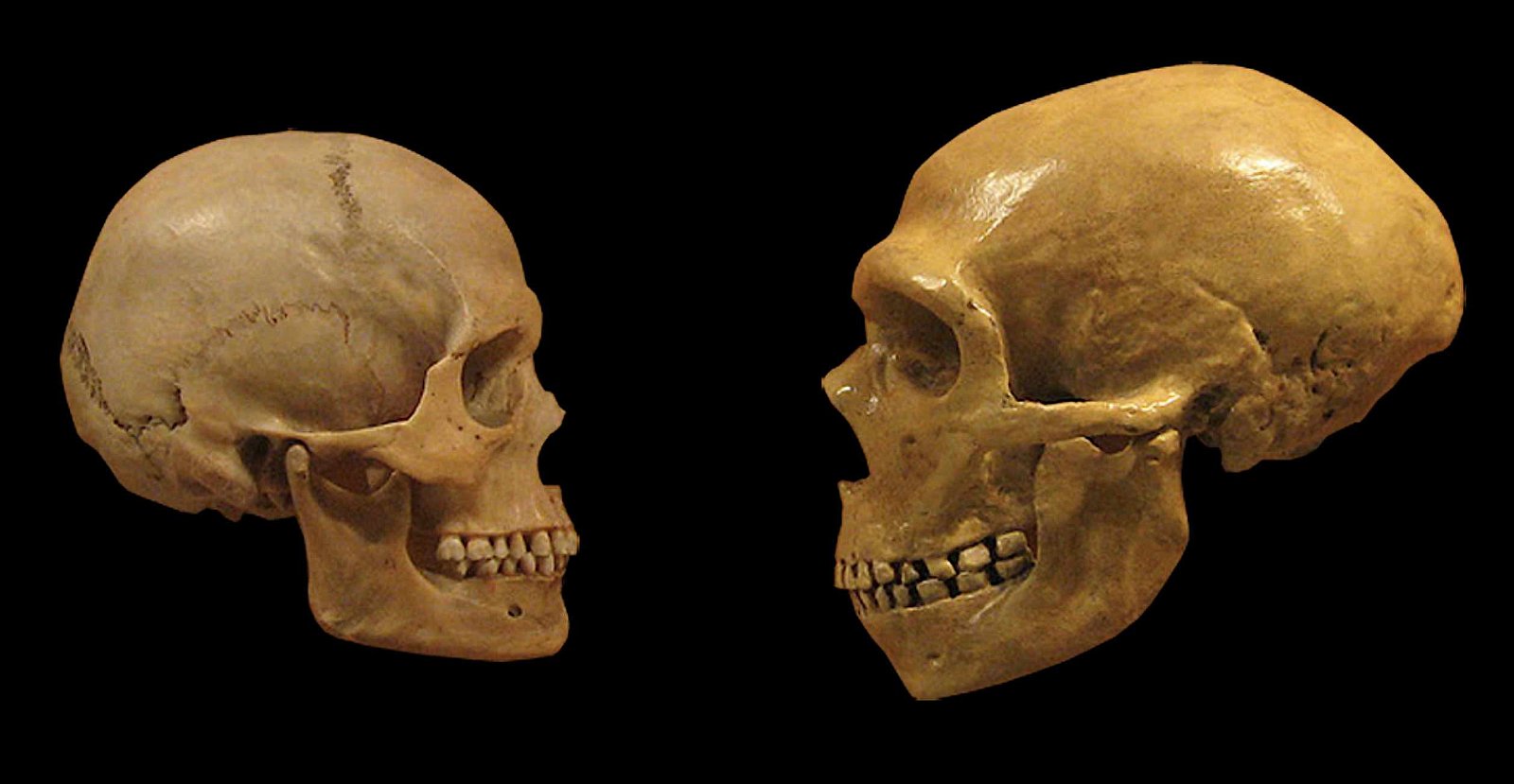A new study examining modern human DNA has revealed stunning new insights into the 40,000-year-old interactions between Homo sapiens and Neanderthals. An abundance of previous DNA analyses had already confirmed that modern humans and Neanderthals interbred after they met in the western part of the Eurasian continent. The new study reveals much more about the time, place, and eventual results of that interbreeding on modern human populations.
“Thanks to genome sequencing and comparative analysis, it is established that Neanderthals and Sapiens interbred and that these encounters were sometimes fruitful, leading to the presence of about 2% of DNA of Neanderthal origin in present-day Eurasians,” a press release announcing the study explains. However, our proportion of Neanderthal DNA varies, with folks of European lineage averaging around 2% and people of Asian descent often carrying twice that amount.
Unfortunately, determining why and how this variance exists and how it affects modern-day humans has not been so easy to deduce. Now, a team of researchers from the University of Geneva (UNIGEN) has peeled back the curtain to reveal several tantalizing details about a 40,000-year-old clash between modern humans and our extinct cousins.
Migratory Flow May Explain Modern Results of 40,000-Year-Old Clash Between Humans
According to the researchers involved, one popular theory for this disparate distribution of Neanderthal DNA involves natural selection. Specifically, that idea proposes that differences in the two DNA types combined with the environmental factors selecting for and against certain traits resulted in the varied Neanderthal DNA distribution seen in the modern world.
Still, some researchers question whether those forces would be enough to account for the dramatic differences in a relatively short 40,000-year period. Instead, Mathias Currat, a senior lecturer in the Department of Genetics and Evolution at the UNIGE Faculty of Science, believes something else is at work altogether.
“(Currat’s) previous work, based on computer simulations, suggests that such differences could be explained by migratory flows,” the researchers explain. “When a migrant population hybridizes with a local population, in their area of cohabitation, the proportion of DNA of the local population tends to increase with distance from the point of departure of the migrant population.”
In effect, he believes that the farther Homo sapiens had to travel after leaving Africa, the less they interbred with the locals. In this case, the locals were another species of humans we call Neanderthals.
To put the idea to the test, the UNIGE team examined over 4,000 sequenced genomes from modern humans living in Eurasia, dating modern times all the way back to samples that were 40,000 years old. Significantly, the results matched their theory better than the natural selection theory.
Prevalence of Ancient European DNA and an Influx of Ancient Farmers
Published in the journal Science Advances, the study explains that one potentially mitigating factor of their results may be the prevalence of European DNA available over that 40,000-year period, which they say is the result of the state of archaeology itself.
‘‘Our study is mainly focused on European populations since we are obviously dependent on the discovery of bones and the state of conservation of DNA,” explains Claudio Quilodrán, senior research and teaching assistant in the Department of Genetics and Evolution at the UNIGE Faculty of Science, and co-first author of the study. “It turns out that archaeological excavations have been much more numerous in Europe, which greatly facilitates the study of the genomes of European populations.’’
Another significant factor revealed in their results was the potential effects of the influx of farming peoples from other regions in the ancient world (varying between 10,000 and 5,000 years ago, depending upon the location) on DNA distribution. This was predominantly observed in the reduction of Neanderthal DNA in Europe from 40,000-year-old samples to samples from that time.
“This decrease coincided with the arrival in Europe of the first farmers from Anatolia (Turkey’s western peninsula) and the Aegean area, who themselves carried a lower proportion of DNA of Neanderthal origin than the inhabitants of Europe at the same time,” they explain. “By mixing with the populations of Europe, the genomes of farmers from Anatolia ‘‘diluted’’ Neanderthal DNA a little more.”
Christopher Plain is a Science Fiction and Fantasy novelist and Head Science Writer at The Debrief. Follow and connect with him on X, learn about his books at plainfiction.com, or email him directly at christopher@thedebrief.org.

